
Sandpipers
Redshank
The Redshank is a common wading bird found in Ireland's freshwater and coastal wetlands, easily recognized by its vibrant red legs and distinctive shrill call. It feeds on small invertebrates, and is known to nest in upland moorland habitats as well as on the ground close to water sources.

Description:
The Redshank is a wading bird that is commonly found in wetlands and mud flats. It has a bright red-orange beak with a slight upward curve, and long bluish-grey legs with a distinctive red-orange coloring at the base. The upperparts of their body are brownish-grey, while the underparts are white with a barred breast.
What they eat:
Redshanks mainly feed on invertebrates such as insects, crustaceans, mollusks, and worms. They also occasionally feed on small fish and amphibians.
Habitat:
Redshanks prefer habitats that are wet, such as marshes, mud flats, and freshwater lakes. They also sometimes inhabit coastal areas such as estuaries and tide pools.
Size and Wingspan:
The Redshank is a medium-sized wading bird, averaging around 29 cm in length and weighing between 80-130 grams. They have a wingspan of around 55-60 cm.
Male vs Female Difference:
Male and female Redshanks are very similar in appearance. However, the female may have slightly shorter legs and a shorter beak.
Where to Find:
Redshanks are common in Ireland and can be found throughout the country, particularly along the coast and at wetland sites.
Months to Find in Ireland:
Redshanks can be found in Ireland all year round, though numbers are higher during the breeding season from May to August.
Interesting note:
The Redshank has a distinctive alarm call, which sounds like a quick "teu" or "chyup". They are highly vocal birds and will make noise if they feel threatened or disturbed. During the breeding season, males will perform elaborate courtship displays, which involves flying up high and performing a series of dives and twists to impress potential mates.
Other Birds of Ireland...
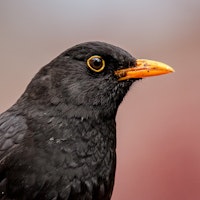
Blackbird
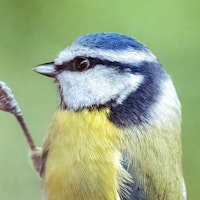
Blue Tit
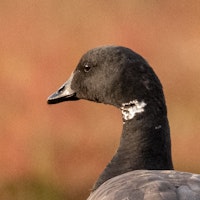
Brent Goose
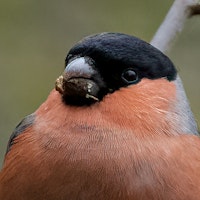
Bullfinch

Buzzard

Chaffinch
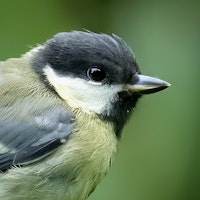
Coal Tit
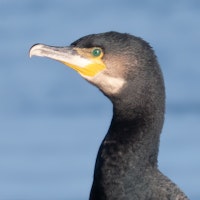
Cormorant
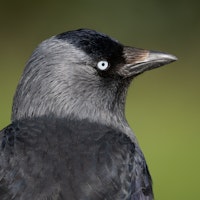
Crow
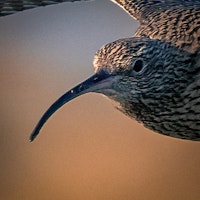
Curlew
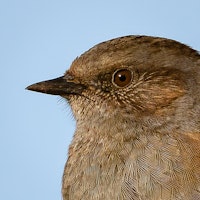
Dunnock

Eurasian Jay
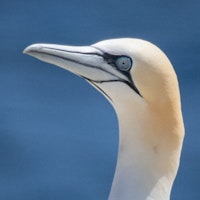
Gannet
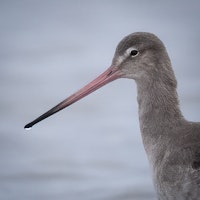
Godwit
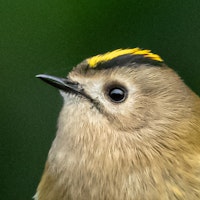
Goldcrest
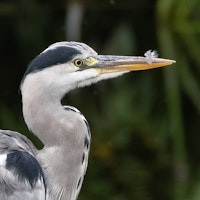
Grey Heron
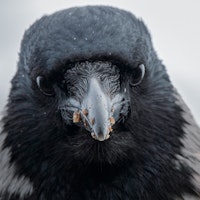
Hooded Crow
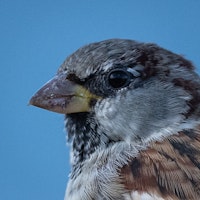
House Sparrow

Kestrel
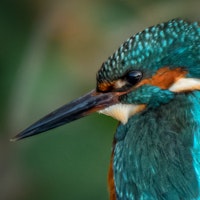
Kingfisher

Lapwing

Little Egret

Long Eared Owl

Long-tailed Tit

Mallard Duck

Merlin

Moorhen

Mute Swan

Oyster Catcher

Peregrine Falcon

Pied Wagtail

Pintail

Puffin

Red Kite

Redshank

Robin

Rook

Sanderling
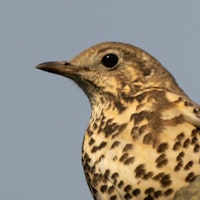
Song Thrush

Sparrowhawk

Starling

Stonechat

Swallow

Tree Creeper

Wren
More pages currently being produced...
Please connect to get updated when new pages are published



